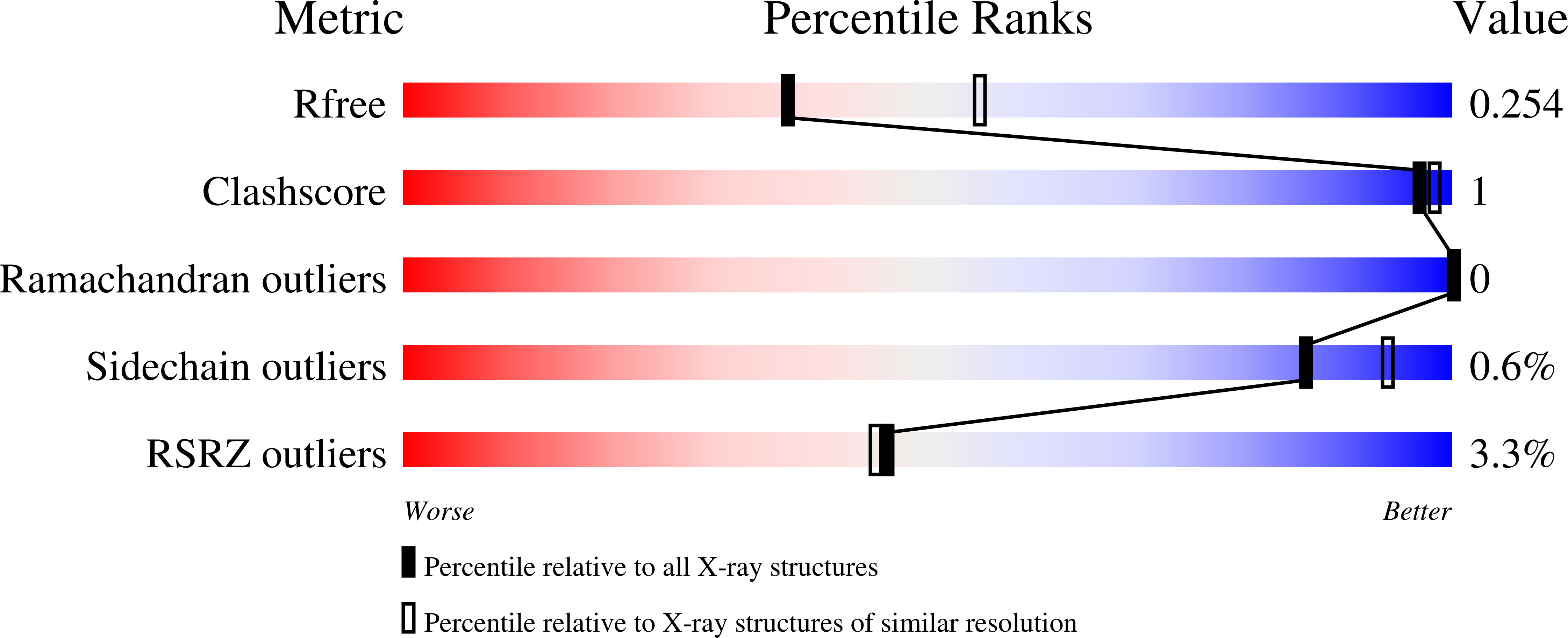
Deposition Date
2016-03-01
Release Date
2016-04-27
Last Version Date
2024-11-20
Entry Detail
PDB ID:
5IJE
Keywords:
Title:
Crystal structure of Equine Serum Albumin in the presence of 30 mM zinc at pH 7.4
Biological Source:
Source Organism:
Equus caballus (Taxon ID: 9796)
Method Details:
Experimental Method:
Resolution:
2.40 Å
R-Value Free:
0.25
R-Value Work:
0.19
R-Value Observed:
0.19
Space Group:
P 61


